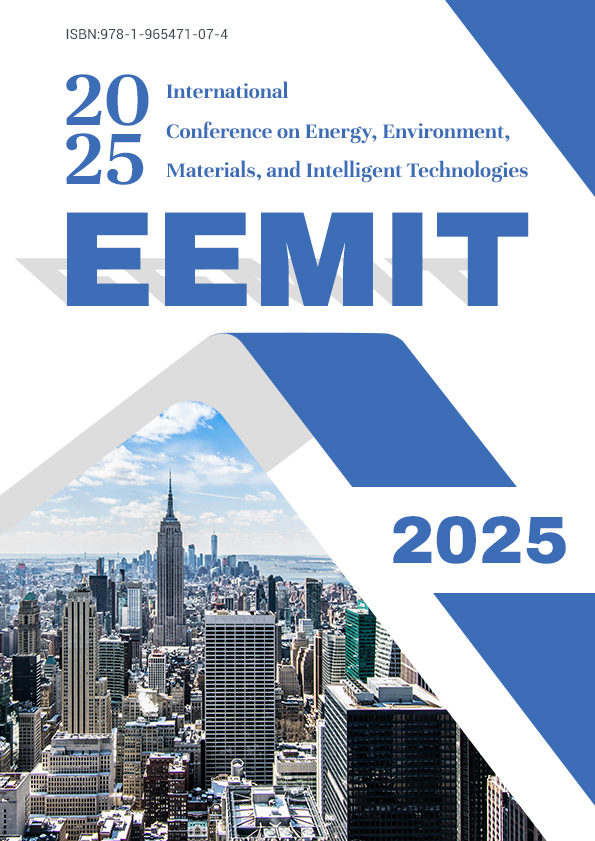Evaluation of Utilizing Sulfur Black in Magnesia Regeneration from Mg-based Desulfurization Gypsum

Authors:
Yanxia Guo, Chao Ma, Lu Zhong, Yunlu Han, Jixing Tang, Jun Xu, Qingjie Guo, Hongjing Tian
Keywords:
Magnesia; sulfur black; regeneration; SO2 concentration
Doi:
10.70114/acmsr.2025.4.1.P141
Abstract
Sulfur black was employed as the precursor to yield reductive gases for simultaneously regenerating magnesia from the magnesium gypsum and producing high level of sulfur dioxide. The experiments were performed in a successive evaporation-regeneration system to determine the SO2 concentration during the regeneration and evaluate the desulfurization activity of the regenerated MgO. The peak value of SO2 concentration increased gradually with the increase of regeneration temperature, evaporation temperature, and the loading of bed materials while the maximum of SO2 concentration was even higher than 20% when the loading of bed materials was 16 g. Additionally, the desulfurization activity of the regenerated MgO at 750 °C was higher than the light burned MgO, which was likely to be due to the forming of more pores and the increase of the specific surface area of the regenerated MgO. The results of X-ray diffraction spectroscopy, specific surface area analyzer and X- ray photoelectron spectroscopy confirmed the successful regeneration of MgO with a high activity using sulfur black as the precursor of reductive gases to decompose the magnesium gypsum.


